What Are Kidney Stones? Renal calculi or kidney stones are rock-hard masses made of crystals. Usually, the origin of a kidney stone is in your kidneys. However, they can expand and travel to other areas such as:
- Ureter
- Bladder
- Urethra
- Kidneys
Kidney stones come along with a lot of pain. Causes of kidney stones differ according to the type of stone you may have. However, you can prevent yourself from most kidney stones by drinking sufficient fluids every day. According to experts, an individual should drink at least eight to twelve glasses of water per day.
For kidney stone patients or other kidney diseases, your may need to limit your intake of fluids. Hence, we advise you to consult with your doctor about the correct amount of fluid you must have each day. Include animal protein (eggs and meat) and limit the amount of sodium in your diet. With this, you might be able to prevent a kidney stone.
Your doctor is the only one who can determine the type of kidney stone you may have. After ascertaining the kind of stone you have, your doctor can create a diet plan with component food items to prevent future kidney stones. For those with medical conditions that can cause kidney stones, their doctor may prescribe medication to treat this condition.
Risk Factors for Kidney Stones
The most dangerous factor for kidney stones is excreting less than 1 liter of urine per day. Due to this, kidney stones tend to be quite common in infants with early kidney problems. However, kidney stones are mainly occur with people between the ages of 25 and 50.
Different factors can raise your risk of kidney stone formation. Sex also plays a role. According to the experts at the National Institute of Diabetes and Digestive and Kidney Diseases (NIDDK), men develop kidney stones more than women. Your family history also plays a vital role in your risk of developing a kidney stone. Other than family history, the following are the main risk factors that can cause a kidney stone:
- Dehydration
- Obesity
- Your intake, which includes mostly salt, protein, or glucose
- Heyperparathyroid condition
- Surgery of gastric bypass
- Increased absorption of calcium due to inflammatory bowel diseases
- Side effects of medicines like triamterene diuretics, calcium-based antacids, and antiseizure drugs
Symptoms of Kidney Stones
Indeed, kidney stones are well-known to cause severe pain. Symptoms of kidney stones might not take place until the stone starts to move down close to the ureters. Renal colic is also a medical term of such severe pain. You might experience pain on one side of your abdomen or back.
In men, pain may be experienced in the genital area. Pain in the renal colic rises occasionally, but it can be forceful. People with renal colic often stay restless. However, there are some other symptoms of kidney stones including:
- Blood in the urine (pink, red, or brown urine)
- Nausea
- Vomiting
- Urine will smell
- Fever
- Frequent urination
For small kidney stones, you possibly will not experience any pain or symptoms, as the stone will eventually pass through your urinary tract.
Treatment of Kidney Stones
In a lot of cases, the stone may pass without any medical interference. A lot depends on the size of the stone. However, if the stone is more than 0.5 mm, you will probably need medical treatment. You should treat acute, severe pain associated with kidney stone movement through and into the ureter with narcotics and anti-inflammatories, intermuscular, oral, and intervenous.
You can also utilize medications to facilitate the passage of stones all the way through the ureter. These medications contain calcium channel blockers alpha, corticosteroids, and adrenergic blockers.
You can use lithotripsy to break any kidney stone into tiny pieces so that it can easily pass through your urinary tract. Lithotripsy applies high energy pulses of ultrasonic energy and delivers shock waves through your skin with no incision. As for tiny stones, you only need one treatment, but for larger stones, you might need several treatments.
Some surgeries might require treating kidney stones when there is a complete blockage of the ureter. Also, when there is a presence of an infection or intractable pain, ureteroscopic surgery demands camera insertion inside the urethra so that surgeons can locate the stone.
Once surgeons have a clear view of the stone, they can easily extract it. They put a stent inside the blocked ureter and break the stone with the help of laser or ultrasound shock waves. Selecting any of the procedures depends on the size, location, and composition of the stone.
For more information or to schedule an appointment, call us today:
FIFTH AVENUE UROLOGY
4 East 76th Street
New York, NY 10021
——–
212-675-3186

 Dr. Larish is a urologist and surgeon treating women and men with a variety of urological conditions. His expertise is in treating complex kidney stones, enlarged prostates (BPH), incontinence, erectile dysfunction, infertility, and urological oncology (prostate, bladder, kidney, and adrenal cancers). He is an expert in general urology and is often consulted for second opinions.
Dr. Larish is a urologist and surgeon treating women and men with a variety of urological conditions. His expertise is in treating complex kidney stones, enlarged prostates (BPH), incontinence, erectile dysfunction, infertility, and urological oncology (prostate, bladder, kidney, and adrenal cancers). He is an expert in general urology and is often consulted for second opinions.



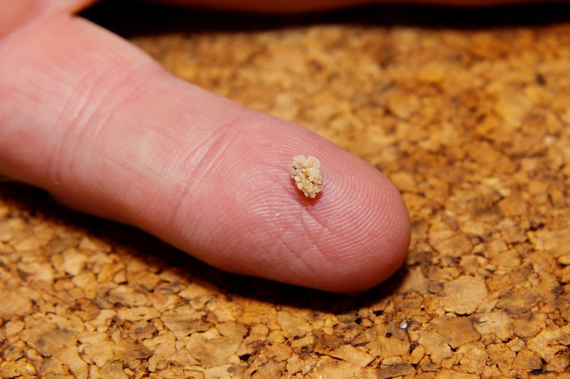
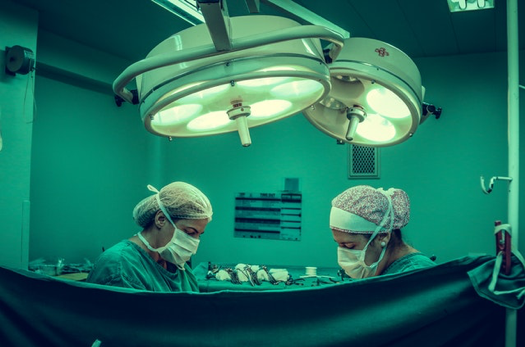

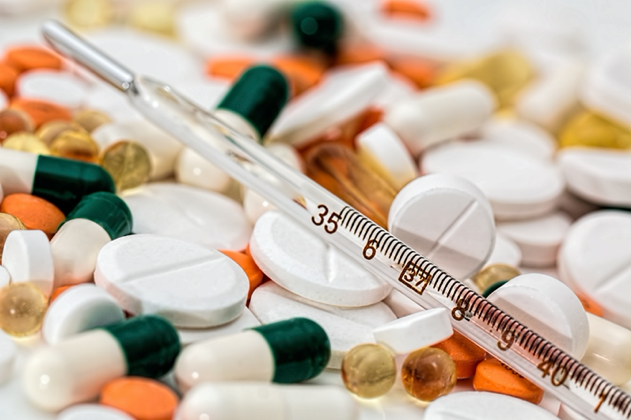
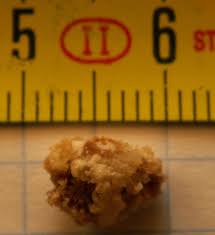 People who are living with Autosomal Dominant Polycystic Kidney Disease (ADPKD) will probably have kidney stone issues. The formation of kidney stones takes place when crystals of minerals and salts combine in your urine. You can also call them renal calculi or nephrolithiasis. The size of kidney stones can vary, it can be a small particle or a large stone created from many small ones.
People who are living with Autosomal Dominant Polycystic Kidney Disease (ADPKD) will probably have kidney stone issues. The formation of kidney stones takes place when crystals of minerals and salts combine in your urine. You can also call them renal calculi or nephrolithiasis. The size of kidney stones can vary, it can be a small particle or a large stone created from many small ones.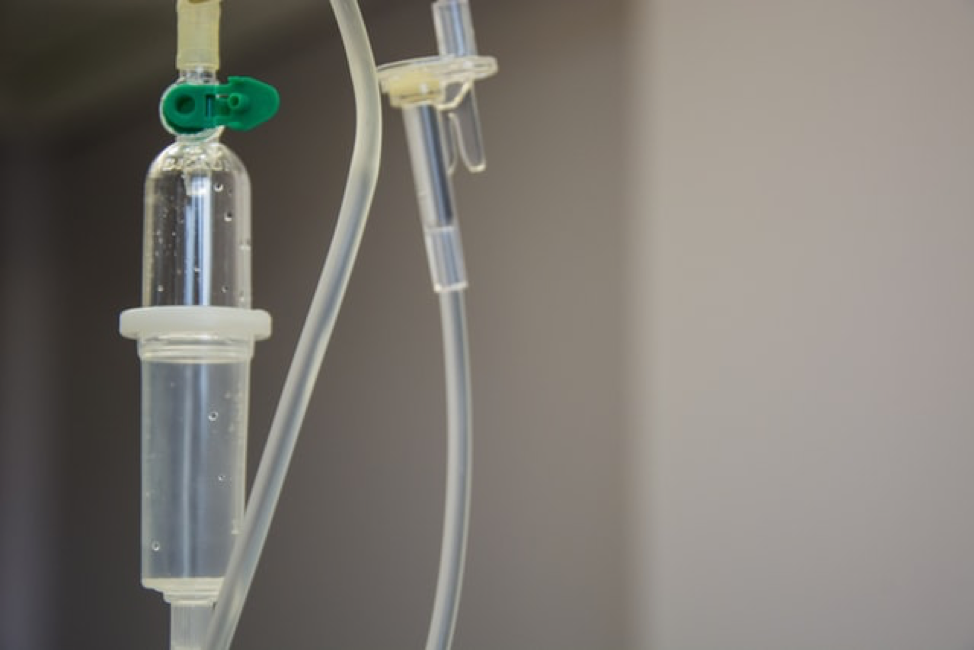
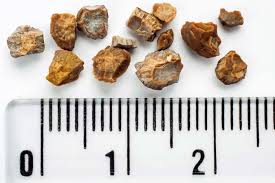 at our Fifth Avenue practice have amassed extensive experience in effectively dealing with nearly the entire gamut of urological issues. We specialize in both surgical and conventional modes of treatment for BPH, kidney cancer, prostatitis, UTI, and a host of other urological conditions. We strictly maintain ethical standards of treatment and carry out day to day operations in a transparent manner.
at our Fifth Avenue practice have amassed extensive experience in effectively dealing with nearly the entire gamut of urological issues. We specialize in both surgical and conventional modes of treatment for BPH, kidney cancer, prostatitis, UTI, and a host of other urological conditions. We strictly maintain ethical standards of treatment and carry out day to day operations in a transparent manner.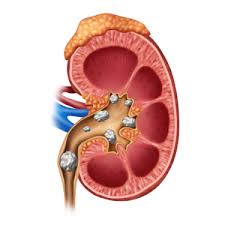 What are the best treatments for kidney stones? The stone type (calcium, uric acid, Cystine or Struvite), as well as the cause(s), determines the suitable treatment mode.
What are the best treatments for kidney stones? The stone type (calcium, uric acid, Cystine or Struvite), as well as the cause(s), determines the suitable treatment mode.